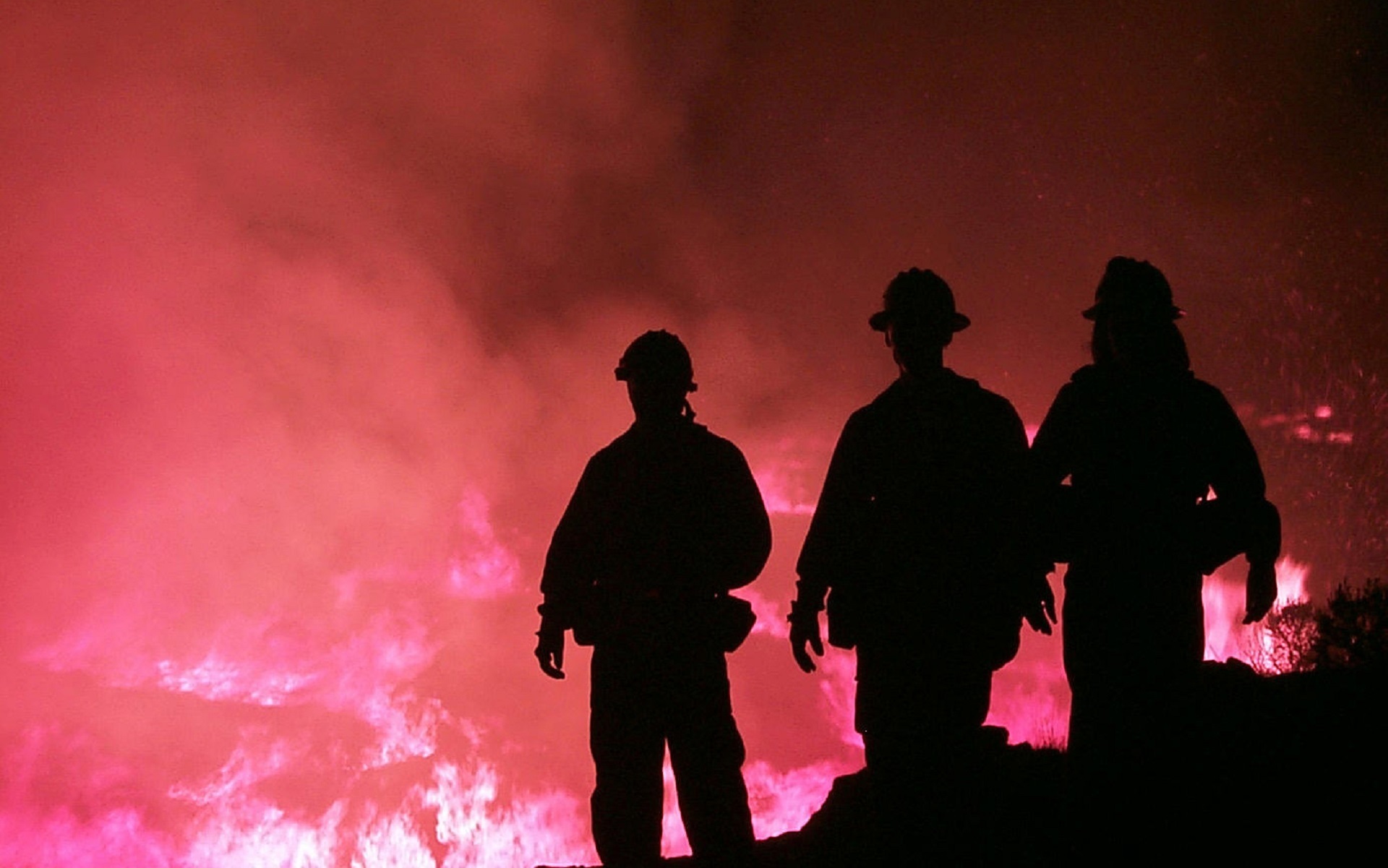By Patrick Michel and Eric Sagara.
Lars and Ulla Tandrup finished plans for their dream house on the wild western edge of Northern California’s wine country late in the summer of 2015. The 4,200-square-foot boxy, modern home would perch on a ridge over Santa Rosa. With two stories of floor-to-ceiling glass on its western face, it would sit open like a dollhouse facing a field of golden grass.
Sonoma County officials took a few months to review the project. Between the drainage review and fire inspection, a warning sounded just over the mountains, a few dozen miles away.
It started small: A backyard hot tub’s faulty electrical wiring overheatedand sparked a dry patch of ground. By the time the resulting blaze officially was contained a month later, it had killed four people, burned more than 76,000 acres and destroyed nearly 2,000 buildings in Lake County. What became known as the Valley Fire was the third most destructive in California to date.
The reckoning followed a pattern that Californians know well. Scientists tsk-tsked that such fires would worsen with climate change; officials promised better building codes to armor new homes against fire; and the community, backed by benefit concerts and limited-edition wine sales, vowed to rebuild.
Construction of the Tandrup home continued. By last summer, it was complete. Long, sleek lines led from the kitchen through the dining room, out to a wooden deck and an infinity pool. Built to the latest fireproofing standards, the home had vegetation clearance and screens over gutters and vents to block flying embers. Its roof, sheathed in a fireproof synthetic, gleamed as white as a bleached skeleton.
[divider] [/divider]





